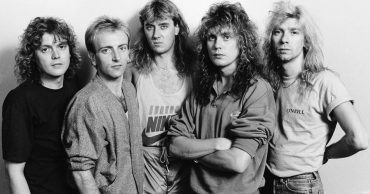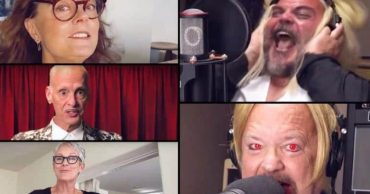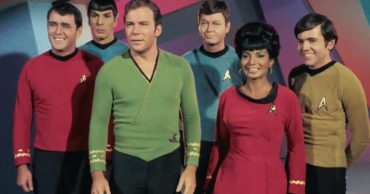Ray said that the bass part in “Light My Fire” was an homage to John Coltrane and Miles Davis, “just to be hip”. Ray took the same Fender Rhodes Piano Bass on tour for his entire career with The Doors. He took the 32-key, brown instrument throughout Europe. It played Madison Square Garden, The Forum in Los Angeles, and The Roundhouse. He said it was a fabulous instrument, and he was simply “playing his little Bach variations” for Light My Fire. He was busy “making music for the moment” and believed that everyone should play that way.
Ray’s unorthodox combination of instruments gave The Doors its distinctive sound. While other bands used a real bass player as the foundational sound for their songs, The Doors had no bass… they had Ray, with a killer left hand. His basslines were very difficult to play on a real bass, and they are legendary. Ray’s distinctive left-hand sounds provided bass for the entire first Doors album. It wasn’t until they recorded Strange Days that they used a session bassist.
When Ray was interviewed for Keyboard Magazine in 1977 he explained that the band had looked for bass players, but never found any. But during an audition, Ray saw a piano bass on top of an organ, and that’s when he decided he would play the bass part with his left hand and the organ with his right. The Rhodes keyboard bass didn’t have a clear attack, so its sound wasn’t the best for recording, but he would turn up the volume for live performances and the sound was fine.
The Doors on the Ed Sullivan Show performing their hit “Light My Fire”. Ray is seen playing the Fender Rhodes Piano Bass and the Vox Continental organ at about 2:13:
Here’s what Ray had to say about The Doors performance on the Ed Sullivan Show:
Ray also said that he was originally influenced by the boogie woogie pianists Albert Ammons and Pinetop Smith, and the jazz “King of the Left Hand” Lennie Tristano. He also listened to Chicago blues and jazz on the radio when he was growing up in Chicago.
Ray’s dual keyboards broke the rules of rock ‘n’ roll. The Doors drummer John Densmore told NPR that his drumming and Manzarek’s left hand bass lines “cooked up the groove” for guitarist Robby Krieger and Jim Morrison to “float on”. Ray did double duty in the band, playing melodies with his right hand and providing half of the rhythm section, too.
The Doors performing their hit “Riders on the Storm” with Ray’s dual keyboards:
Ray brought to The Doors musical discipline and drive. He’d graduated from DePaul University with an economics degree in 1960. He also studied at the University of California Los Angeles Department of Motion Pictures, Television and Radio. He spent some time in the Army Security Agency. But throughout his studies and early Army career, he continued to play jazz piano and perform several musical ensembles. He completed his M.F.A. at UCLA’s graduate cinematography program in 1962. He met Jim Morrison, the charismatic front man of The Doors, in California during this period of his life, and he also met his future wife, Dorothy Fujikawa, who was also a film student. He met drummer John Densmore and guitarist Robby Krieger at a Transcendental Meditation Lecture. Ray and the other band members carried the late Sixties anti-establishment ideals within their music. Their influence on popular culture was undeniable.
Ray’s keyboard techniques, gained through technical training and years of experience playing boogie-woogie and jazz, supported Morrison’s lyrics and shaped the band’s moody, psychedelic sounds. Ray’s improvisational skills brought exuberant riffs and fluid licks to the band’s music. His education and life’s experiences were foundational to the band’s creation and development. Ray Manzarek created the uncommon synergy which bonded The Doors together, until Morrison died, too young, at the age of 27. Manzarek continued performing until he died many decades later, in 2013. To this day, keyboardists in cover bands all around the globe repeat Ray’s bass lines. That’s amazing. That’s Manzarek.
 Follow Us
Follow Us




